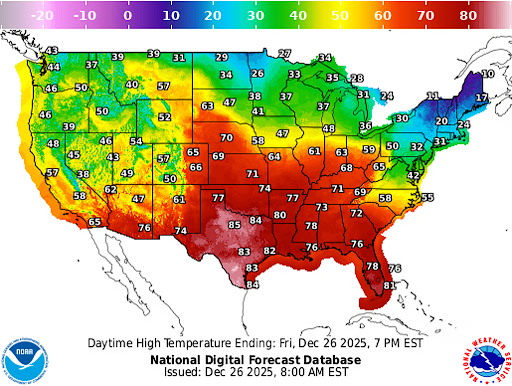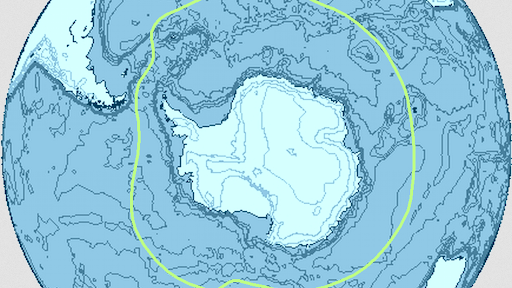



A tornado is a revolving column of air that arises during a thunderstorm and strikes the ground; over the sea, it is known as a waterspout.

Copyright infringement not intended
PC: CNN
Over 20 people were killed recently in the southern United States as a result of severe storms and tornado outbreaks that hit Missouri and Kentucky.
|
Definition |
A vertical, land-based column of violently rotating air that extends from the base of a thunderstorm to the ground |
|
Circulation |
Rapid cyclonic (rotating) circulation |
|
Appearance |
Often seen as a cloud-filled condensation funnel stretching from the sky to the ground |
|
In Low Humidity |
May not form a visible funnel; appears as a swirl of dust or debris near the ground |
|
Over Water Body |
Known as a waterspout when forming over a water surface |
Source: Dw.com
|
Practice Question: Q. Which of the following best describes a tornado? A. A low-pressure system with calm winds B. A vertical column of rotating air forming over oceans only C. A violently rotating column of air extending from a thunderstorm to the ground D. A type of earthquake caused by atmospheric instability Answer: C. A violently rotating column of air extending from a thunderstorm to the ground |






© 2026 iasgyan. All right reserved